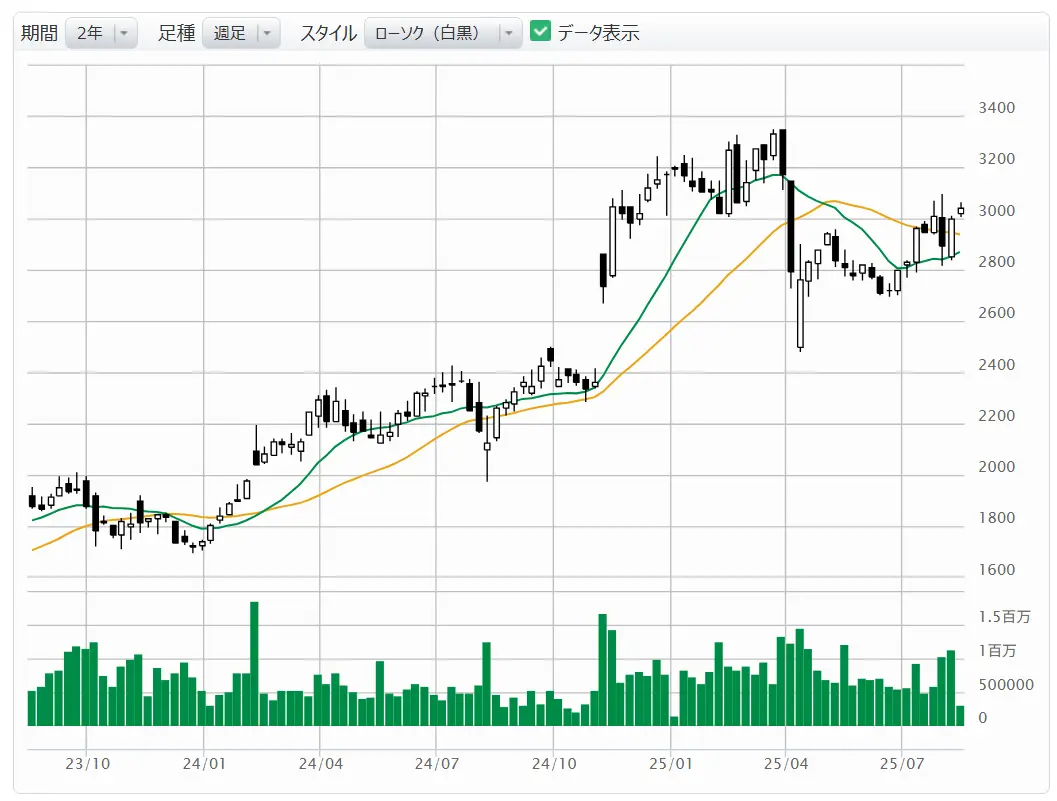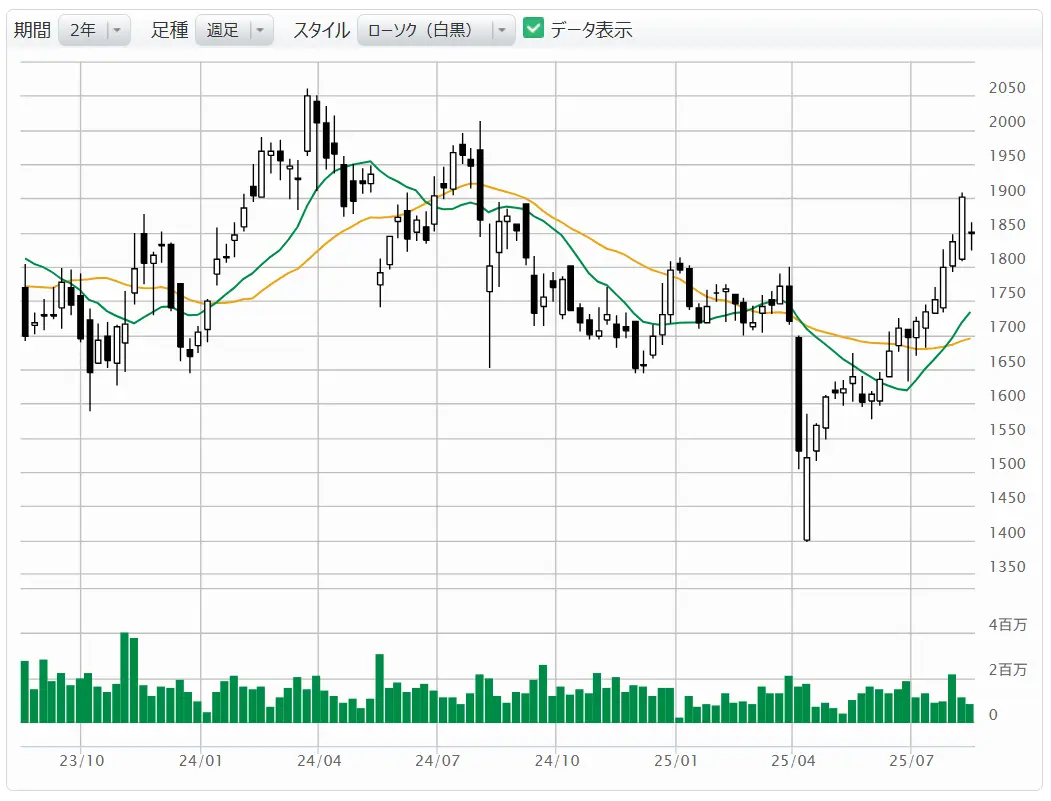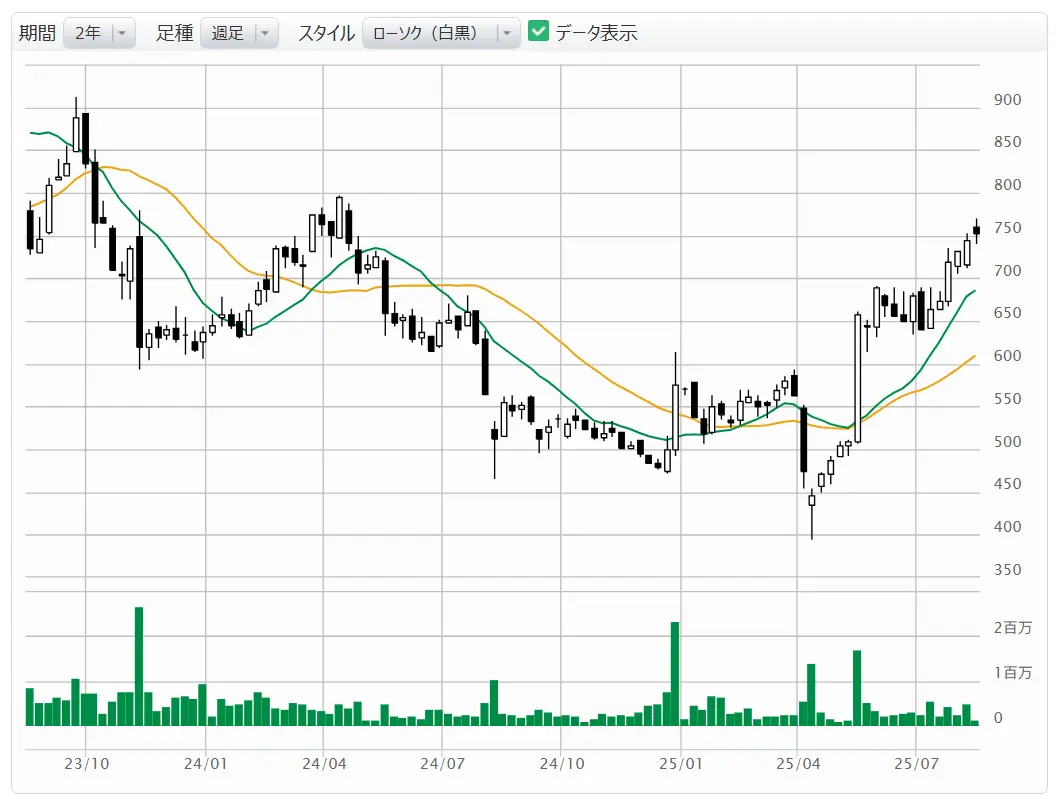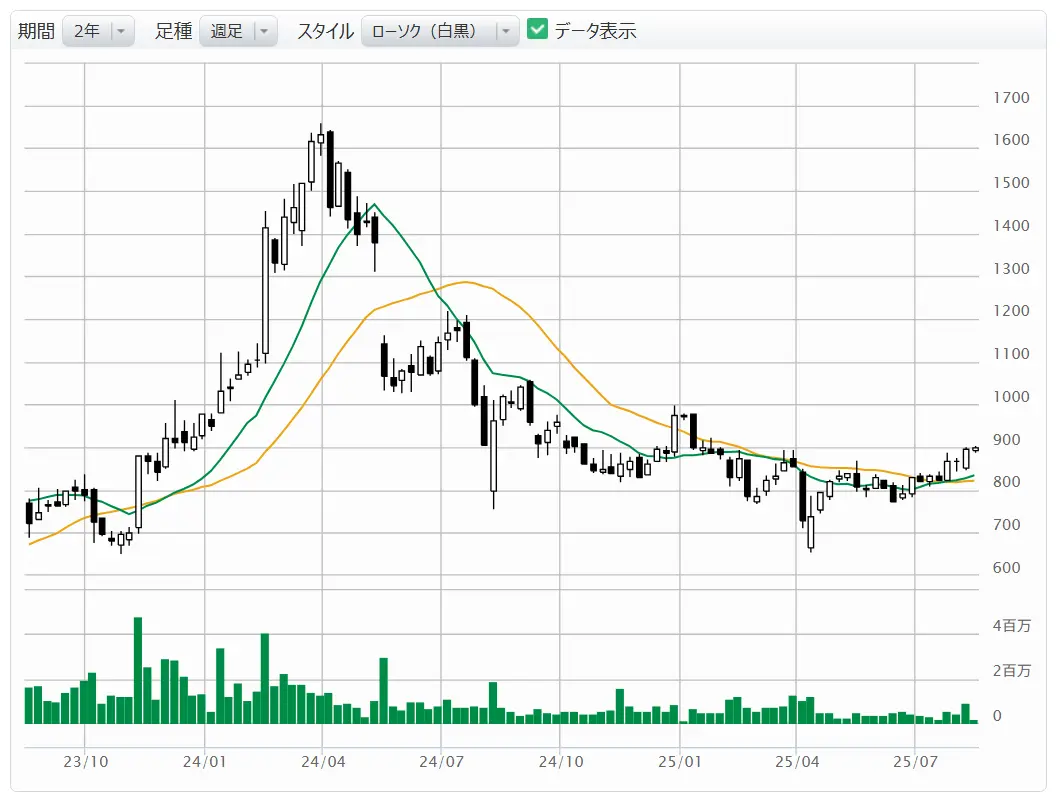- Topic
21k Popularity
215k Popularity
35k Popularity
175k Popularity
5k Popularity
- Pin
- 🎤 Cheer for Your Idol · Gate Takes You Straight to Token of Love! 🎶
Fam, head to Gate Square now and cheer for #TokenOfLove# — 20 music festival tickets are waiting for you! 🔥
HyunA / SUECO / DJ KAKA / CLICK#15 — Who are you most excited to see? Let’s cheer together!
📌 How to Join (the more ways you join, the higher your chance of winning!)
1️⃣ Interact with This Post
Like & Retweet + vote for your favorite artist
Comment: “I’m cheering for Token of Love on Gate Square!”
2️⃣ Post on Gate Square
Use hashtags: #ArtistName# + #TokenOfLove#
Post any content you like:
🎵 The song you want to he - ✈️ Gate Square | Gate Travel Sharing Event is Ongoing!
Post with #Gate Travel Sharing Ambassadors# on Square and win exclusive travel goodies! 💡
🌴 How to join:
1️⃣ Post on Square with the hashtag #Gate Travel Sharing Ambassadors#
2️⃣ You can:
Share the destination you most want to visit with Gate Travel (hidden gems or hot spots)
Tell your booking experience with Gate Travel (flights/hotels)
Drop money-saving/usage tips
Or write a light, fun Gate Travel story
📦 Prizes:
🏆 Top Ambassador (1): Gate Travel Camping Kit
🎖️ Popular Ambassadors (3): Gate Quick-Dry Travel Set
🎉 Lucky Participant - 🎉 Hey Gate Square friends! Non-stop perks and endless excitement—our hottest posting reward events are ongoing now! The more you post, the more you win. Don’t miss your exclusive goodies! 🚀
🆘 #Gate 2025 Semi-Year Community Gala# | Square Content Creator TOP 10
Only 1 day left! Your favorite creator is one vote away from TOP 10. Interact on Square to earn Votes—boost them and enter the prize draw. Prizes: iPhone 16 Pro Max, Golden Bull sculpture, Futures Vouchers!
Details 👉 https://www.gate.com/activities/community-vote
1️⃣ #Show My Alpha Points# | Share your Alpha points & gains
Post your


[Japanese Stocks] What is the impact of Trump’s tariffs on the manufacturing industry? | Kazuyuki Suzuki explores the next trending stocks! | Moneyクリ Monex Securities investment information and media that helps with money.
Customs negotiations settled, reducing uncertainty about the future
This time, I will discuss the impact of Trump's tariffs. On July 23, Japan time, the US-Japan tariff negotiations that took four months reached a conclusion. The negotiations progressed rapidly after President Trump posted on social media that "Japan's tariffs are 15%."
Due to the lack of a formal agreement document, there was an uncertain atmosphere regarding the tax rate for about two weeks, but it has been officially confirmed again that the agreement with the United States states "15% is the cap." Japan will receive the same level of most-favored-nation treatment as the EU, which reached an agreement around the same time.
When will it take effect, what kind of scheme is the $550 billion loan (investment) from Japan to the United States, and how will the profit distribution be handled? There are still some uncertainties remaining. Nevertheless, it has been clarified that the mutual tariff will be 15% and the automobile tariff will also be 15%.
Corporate management and the stock market dislike uncertainty. Tariffs will be significantly raised compared to before the Trump administration, but they represent a significant improvement compared to the initial tax rates announced in April 2025 (24%, later 25%). The assessment that the worst-case scenario has been avoided has strengthened, and the IMF has upgraded its global economic outlook. In August, the Nikkei Average and TOPIX have updated their all-time highs.
The Divided Automotive Industry
The automotive industry is significantly affected by tariffs. Toyota Motor Corporation (7203) has revised its outlook for full-year operating profit downward from 3.8 trillion yen to 3.2 trillion yen in its financial results for the first quarter of the fiscal year ending March 2026.
In the financial announcement three months ago, the impact of tariffs was accounted for only for the two months of April and May. The reason for the downward revision is that this time it was accounted for as a full-year outlook. It is estimated that there will be an impact of 1.4 trillion yen on an operating profit basis.
In contrast is Honda Motor Co., Ltd. (Honda) (7267). Three months ago, Honda reported that the impact of tariffs would result in a decrease of ¥650 billion in operating profit for the full year. Accordingly, the operating profit, taking tariffs into account, is projected to be ¥500 billion for the full year (compared to ¥1.21 trillion the previous year), while excluding the impact of tariffs, it would be ¥1.40 trillion.
In this first quarter financial report, Honda reported an impact from tariffs amounting to ¥124.6 billion. Simply annualized, this results in ¥498.4 billion, which is more than 20% lower than the ¥650 billion three months ago. The operating profit for the first quarter was ¥244.1 billion, but this figure is after subtracting the impact of tariffs of ¥124.6 billion and a one-time loss of ¥113.4 billion related to EV provisions in the U.S. Excluding these factors, the operating profit based on core operations is ¥482.1 billion, which is only slightly lower than the previous year's ¥484.7 billion.
Starting with Honda's financial results, the earnings reports of other automobile manufacturers and export-oriented manufacturing industries have settled at a level that is "not as bad as we imagined."
Is the Stock Price Undervalued? Picking Up Honda-affiliated Auto Parts Manufacturers
The 15% tariff is certainly heavier compared to before, but it is at a level that can be gradually absorbed through cost reduction and pass-through to product prices. I expect that the stock prices of companies that were sold off at a discount due to caution will begin to correct from this point onward.
Here we will focus on Honda-related automotive parts manufacturers.
FCX (7296)
A manufacturer specializing in clutches, primarily for Honda. They have a consistent production process from the development of friction materials cultivated through clutches to the assembly of products. They are the global leader in motorcycle production. Honda is the largest shareholder, holding 20.9% of the issued shares. While Honda itself struggles in the four-wheeler sector, it continues to perform well in two-wheelers, particularly in India. They are currently nurturing growth areas such as improving "fuel efficiency" (equivalent to gasoline vehicle fuel efficiency), reducing vehicle weight, heat management, and reducing greenhouse gas emissions.
[Figure 1] F.C.C. (7296): Weekly Chart (Moving Average Lines Green: 13 Weeks, Orange: 26 Weeks) Source: Monex Securities website (as of August 14, 2025)
Source: Monex Securities website (as of August 14, 2025)
Tei-S Tech (7313)
A manufacturer of seat components for four-wheeled vehicles. They also handle two-wheeled vehicles, with 90% of sales directed toward Honda. Honda is the largest shareholder, holding 18.8%. The latest seat frame uses ultra-high-strength steel plates to improve strength and safety while achieving significant weight reduction. It alleviates the impact on the neck during driving. The U.S. and India continue to perform well, and China is also recovering. With the popularization of EVs, the floor will become flat, and seats will be as comfortable as those in a living room. Stable growth in performance is expected to continue.
[Figure 2] TE-ES Tech (7313): Weekly Chart (Moving Average Lines Green: 13 Weeks, Orange: 26 Weeks) Source: Monex Securities website (as of August 14, 2025)
Source: Monex Securities website (as of August 14, 2025)
F-tech (7212)
Supplying suspension, subframes, and other undercarriage parts for Honda. Honda is the largest shareholder, holding 13% of the issued shares. In addition to Honda, there are transactions with General Motors [GM], Nissan Motor (7201), Suzuki (7269), and Toyota Motor (7203). The rear suspension beam is the framework located at the back and bottom of the vehicle, supporting the suspension and body, and constitutes the most fundamental part of the vehicle's dynamic performance. While North America has maintained strong performance, structural reforms are being implemented in China due to production sluggishness. The previous term recorded a final deficit. Betting on recovery this term.
[Chart 3] FTech (7212): Weekly Chart (Moving Averages Green: 13 weeks, Orange: 26 weeks) Source: Monex Securities website (as of August 14, 2025)
Source: Monex Securities website (as of August 14, 2025)
Mitsuba (7280)
Supplying electrical components centered around motors. The wiper motor is representative, and we also supply motor systems for power windows, door mirrors, and power steering. Sales to Honda account for nearly 50% of our revenue. Honda is the fifth-largest shareholder, holding 3.6%. Since its founding, the tradition of manufacturing its production line in-house has been inherited. We also utilize external technologies to develop equipment and molds. Structural reforms have been completed, and as the electrification of automobiles progresses, we aim for sales of 330 billion yen in the fiscal year ending March 2028.
[Chart 4] Mitsuba (7280): Weekly Chart (Moving Average Line Green: 13 Weeks, Orange: 26 Weeks) Source: Monex Securities website (as of August 14, 2025)
Source: Monex Securities website (as of August 14, 2025)